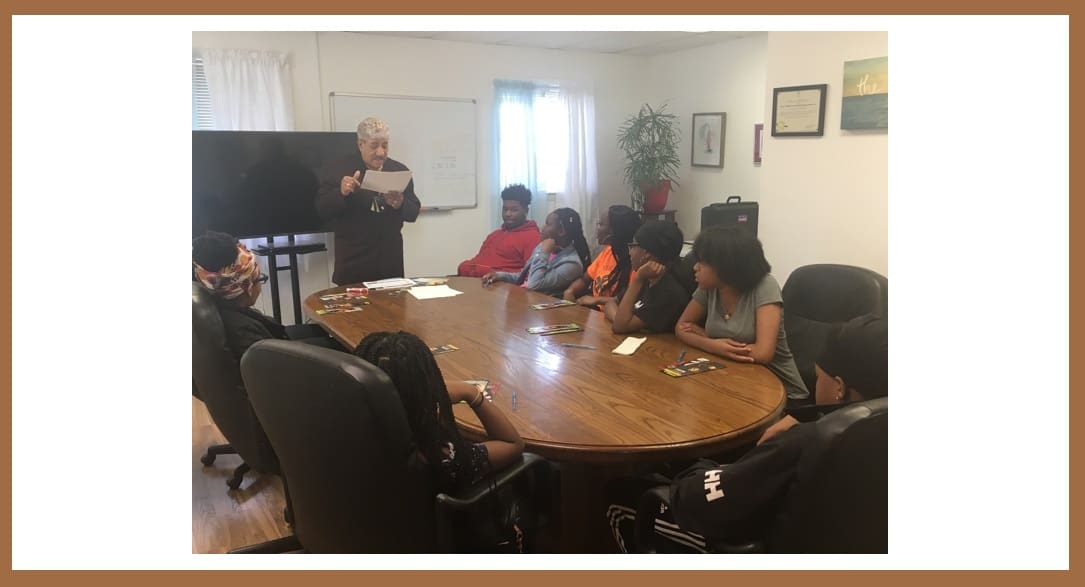
Tell me about your community and the communities that your coalition serves – its population and unique features. When was the coalition formed?
Promise Neighborhoods Drug Free Communities (DFC) serves an area called the “tri-area.” This is a triangular shaped area in the northern portion of southern Prince George’s County, Maryland. It is an urban area approximately 12 miles from Washington, D.C. at its furthest point. The area is predominantly African American with sizable Latino and Filipino sub-communities. There is a corridor within the area that at one time had the highest concentration of liquor stores in the region, at approximately five per every quarter mile. This is why Promise Neighborhoods DFC began in 2008.
What unique issues is your coalition facing?
“The incredibly high concentration of liquor stores was the initial focus,” said the coalition’s coordinator Ralph Williams, “as the community was concerned about quality of life, land value, and the potential harm of underaged drinking. Development curtailed some of the liquor stores, but as some communities within the area flourished, other areas declined. With this decline came the introduction of synthetic cannabinoids. These items are sold at smoke shops and small convenience stores, labeled as “fake weed” (K2, Spice, etc.), and smoked like marijuana. With the introduction of these substances, the number of suspensions and expulsions shot up in the county’s middle and high schools.”
What activity or program is your coalition most proud of and/or what activity would you like us to spotlight?
“Each year we try to do something that emulates the past year,” said Williams. “In our first year, we had a drunk driving simulator for one of the town’s celebrations. Last October, our youth organized a party they dubbed the ‘Glo Go.’ That name is a play on words as go-go music is culturally ingratiated in this county. The DJ played go-go music and we made sure everyone had glow sticks and glow in the dark shirts for the party. We’ve also had a retreat in the Shenandoah Mountains and just recently, a Glo Go roller skating party where the youth had a workshop before the party.”
How did you get there, and what are your outcomes?
“It is important to find community leaders and recruit them to be active members of the coalition in one capacity or another,” said Williams. “We have done that and we have been successful. The Strategic Prevention Framework (SPF) is very helpful in shaping what can and should be done for the community. Also, the youth in the coalition should have the same training as the adults with respect to the SPF and logic models. The more they understand, the better they will execute activities. Empowered youth stay engaged. We changed our philosophy to become ‘youth led, adult guided’ about three years in. The shift with respect to buy-in changed dramatically among the students and the adults. We lost a few adult coalition members, but more than doubled our youth membership. Lastly, if you are engaging youth, it is almost crucial to have a working relationships and partnerships with as many of the community schools as possible.”
What advice would you give to other coalitions that may be addressing some of the same issues?
“First, don’t be afraid to change your approaches and strategies,” said Williams. “Second, have a base in the community that the entire community embraces. Initially, ours was a town hall that had a police station. When we changed the base to a church, we had more participation. Finally, find as many conduits of funding as possible. Our youth are so dynamic that they have been asked to participate in activities that are not directly related to the coalition’s mission. Some of these activities help fund our main activities.”
Will you be attending the 2019 Mid-Year Training Institute and, if so, what lessons do you hope to take back to your coalition from the event?
“I will be attending, and I hope to take two to four students who have never attended with me and let them see how the work they do in community compares to others,” said Williams. “This will encourage them to do more as well as instill pride, as I know they provide just as much if not more community service than other youth organizations.”


